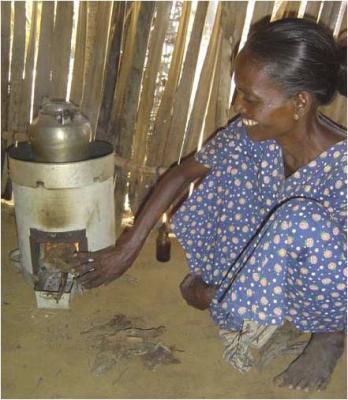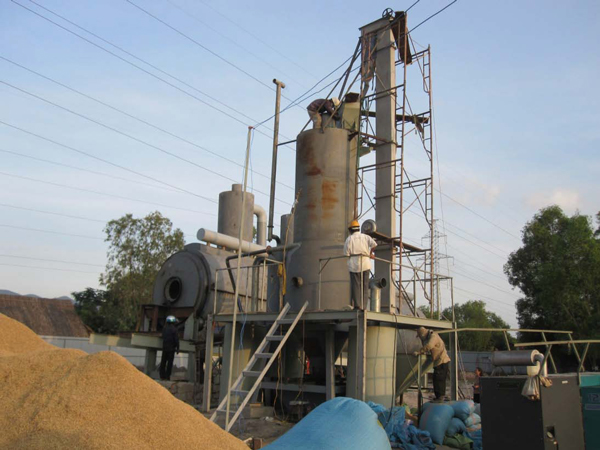| From GEO CAMP FIRE STOVE |
This a low cost simple tin can of less $ 0.5 , with primary and secondary air facility to use for efficient camp fires and also for cooking on it. One need to strive for using the best and efficient stoves, but for the poor, and unavoidable situation / emergencies, such simple tools can be used.
This design is incidental, I have prepared lots of tin cans for Magh CL stove http://e-mcl.blogspot.com/, this winter it had been too cold, during the nights for warmth these tins were used, the efficiency was very high as compared to the open campfires and it was comfortable to use it everywhere. The primary and secondary air helped in complete combustion. Using it for cooking from camp fire mode was also convenient, by just putting on top a concentrator slab and pot rest. During cooking the fuel was fed from the side openings. The wood fed is vertical to slant, this helped in convenient combustion. While cooking was done the radiation of heat was enough for warmth.


